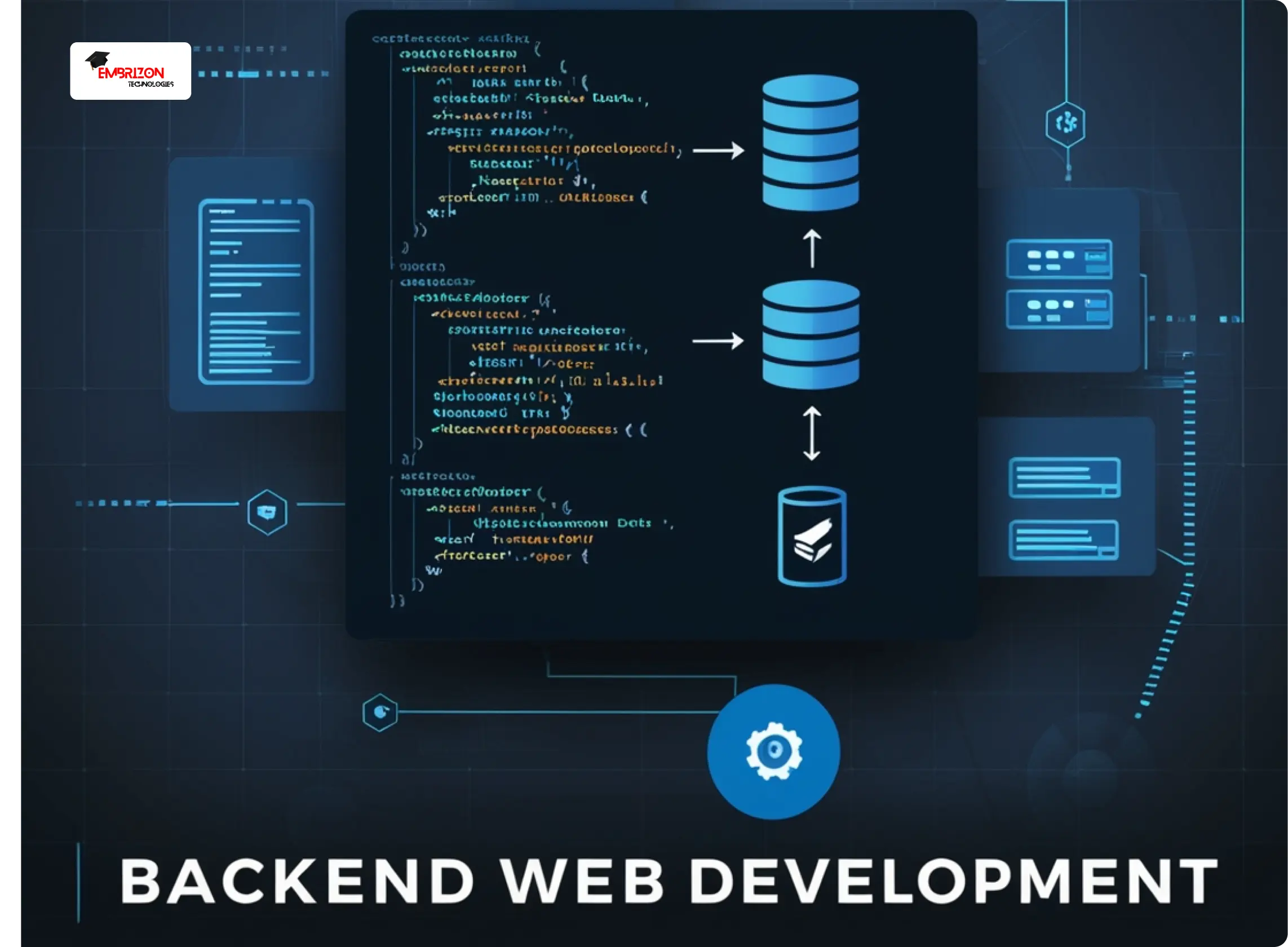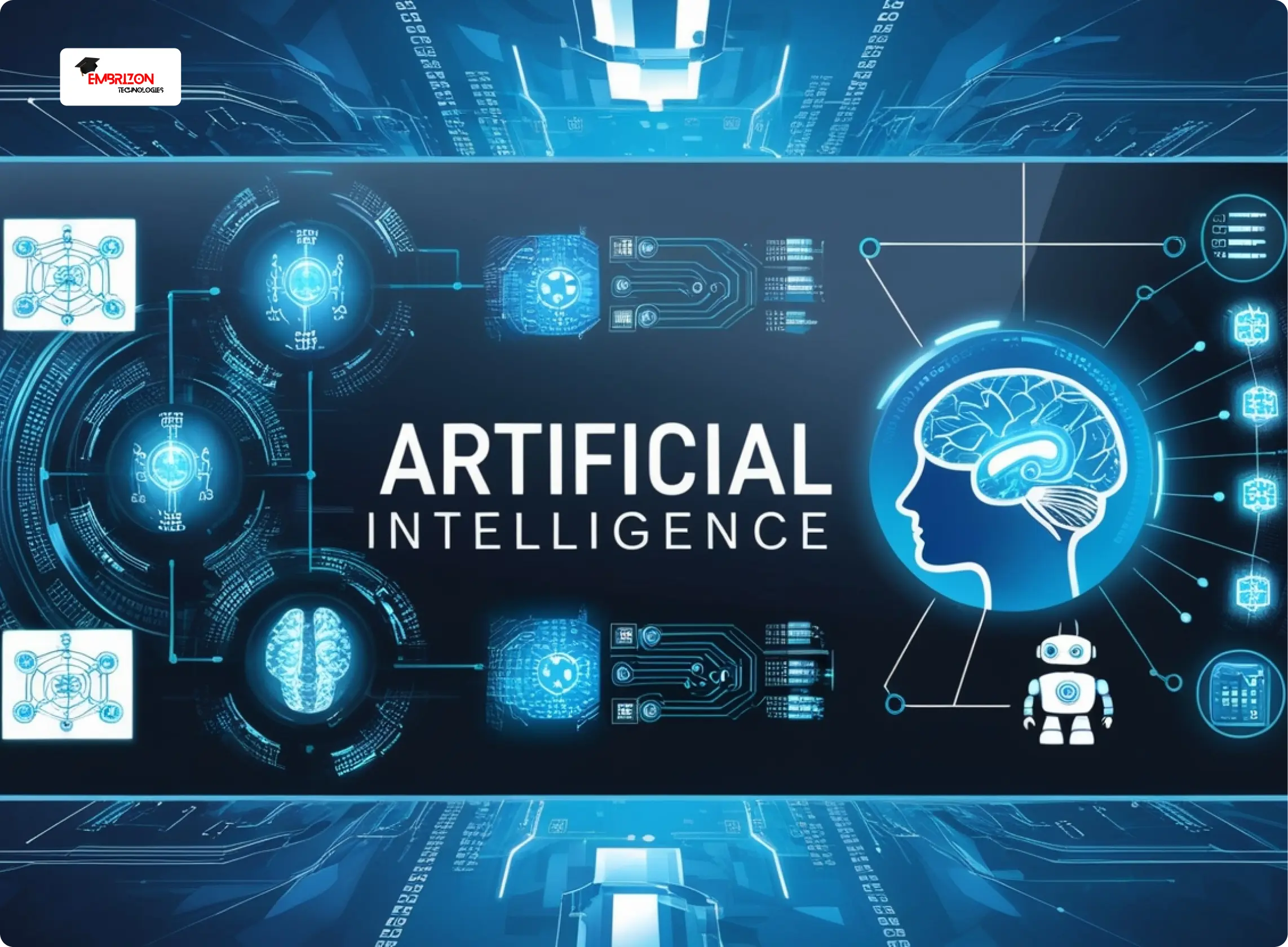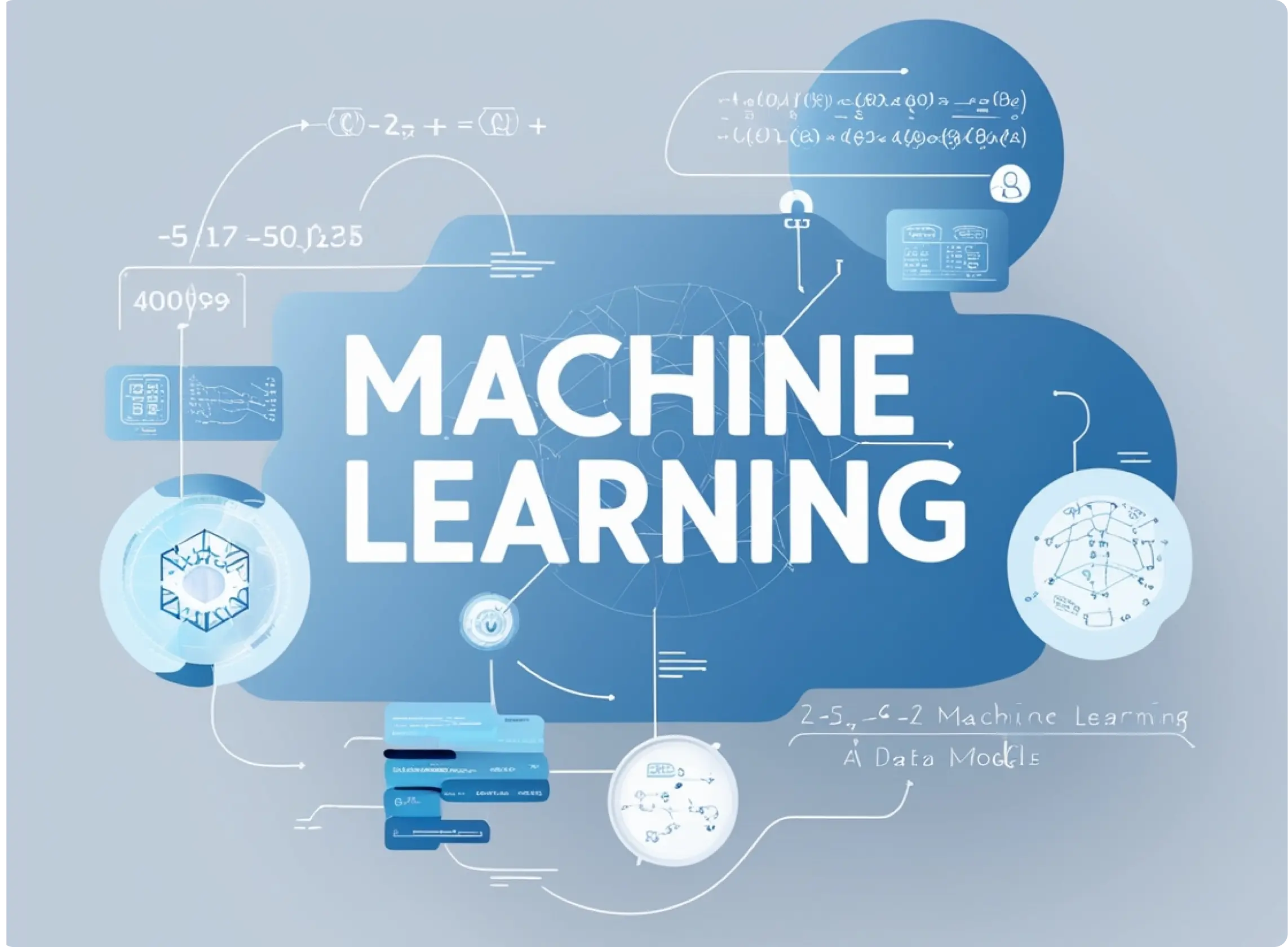Introduction
In the rapidly evolving field of artificial intelligence (AI), two terms frequently come up: machine learning and deep learning. While these concepts are related, they are not the same. Understanding the differences between machine learning and deep learning is crucial for anyone interested in AI, as each has its own unique applications, strengths, and challenges. This guide will help you grasp the key differences and see how they fit into the broader AI landscape.
What is Machine Learning?
Machine learning (ML) is a subset of AI that enables computers to learn from data and make decisions or predictions based on that data. Instead of being explicitly programmed to perform a task, ML models are trained on large datasets to recognize patterns and improve their accuracy over time. Common algorithms used in machine learning include decision trees, support vector machines, and k-nearest neighbors.
What is Deep Learning?
Deep learning (DL) is a specialized subset of machine learning that uses neural networks with multiple layers (hence “deep”) to analyze data. Deep learning models are capable of automatically discovering representations from raw data, making them particularly powerful for complex tasks such as image and speech recognition. Popular architectures in deep learning include convolutional neural networks (CNNs) and recurrent neural networks (RNNs).
Key Differences Between Machine Learning and Deep Learning
| Aspect | Machine Learning | Deep Learning |
| Data Requirements | Can work with smaller datasets; feature engineering is crucial. | Requires large datasets to perform well due to complex architectures. |
| Feature Engineering | Manual feature extraction and selection are often necessary. | Automatically extracts features from raw data, reducing the need for manual intervention. |
| Model Complexity | Models are generally simpler and easier to interpret (e.g., decision trees). | Models are complex with multiple layers, making them harder to interpret but more powerful (e.g., CNNs). |
| Training Time | Faster training on smaller datasets and simpler models. | Requires significant computational power and time to train due to the complexity and size of models. |
Applications of Machine Learning
Machine learning is widely used in various fields due to its versatility and effectiveness with structured data. Common applications include:
- Predictive Analytics: Used in finance and marketing for predicting customer behavior and market trends.
- Recommendation Systems: Powers personalized recommendations on platforms like Netflix and Amazon.
- Spam Detection: Helps email services filter out spam messages.
Applications of Deep Learning
Deep learning excels in handling unstructured data, making it ideal for tasks that require high levels of abstraction. Key applications include:
- Image Recognition: Used in facial recognition systems and medical imaging diagnostics.
- Natural Language Processing (NLP): Powers virtual assistants like Siri and Google Assistant, as well as translation services.
- Autonomous Vehicles: Enables self-driving cars to recognize objects, make decisions, and navigate safely.
Challenges and Considerations
While both machine learning and deep learning offer significant benefits, they also come with challenges:
- Data Requirements: Deep learning requires vast amounts of data, which can be difficult to obtain and process.
- Interpretability: Machine learning models are generally easier to interpret, while deep learning models are often seen as “black boxes.”
- Computational Resources: Deep learning demands more computational power, making it more expensive and resource-intensive.
Conclusion
Machine learning and deep learning are both integral to the field of AI, each offering unique strengths depending on the task at hand. While machine learning is suitable for tasks that involve structured data and require less computational power, deep learning shines in complex, data-rich environments. Understanding the differences between these two approaches allows you to choose the right tools for your AI projects, ensuring success and efficiency.
















